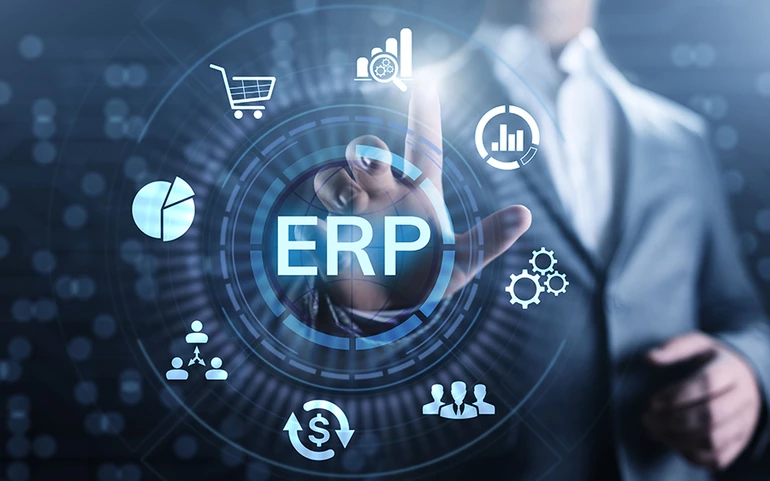Integrating an Enterprise Resource Planning (ERP) system into your workflow in today’s fast-paced business environment can be a transformative move. ERP software, by design, streamlines and automates core business processes across various departments, including finance, human resources, sales, marketing, and more. It fosters efficiency and provides a unified source of truth for your organization. Here is a comprehensive guide on seamlessly integrating ERP software into your workflow, incorporating the essential insights previously discussed.
- Evaluate Your Business Needs
Before diving into the integration process, conducting a thorough analysis of your business needs is crucial. Identify the key areas where your organization requires improvement or automation. Whether it’s maintenance management, inventory tracking, customer relationship management (CRM), or any other aspect, understanding your specific needs will help you choose an ERP system that aligns with your business goals.
- Select the Right ERP Software
With a clear understanding of your business needs, you can now explore various ERP solutions available in the market. Consider scalability, customization, ease of use, and cost. Opt for a system that addresses your current requirements and adapts to future changes in your business environment. Cloud-based ERP systems are often preferred for flexibility, scalability, and reduced upfront costs.
- Plan Your Integration Strategy
An effective integration strategy is critical to a successful ERP implementation. This involves mapping out how the ERP system will interact with your existing processes and software tools. Determine which processes will be entirely replaced by the ERP system and which must be adapted. Planning for data migration is essential, ensuring that all critical data is securely transferred to the new system without any loss or corruption.
- Ensure Team Readiness
ERP integration’s success heavily relies on your team’s readiness and adaptability. Provide comprehensive training to ensure your employees can use the new system effectively. Address any resistance to change by highlighting the benefits of the ERP system, such as improved efficiency, accuracy, and access to real-time data.
- Test and Implement
Before going live, thoroughly test the ERP system to identify and rectify any issues. This phase should involve real-world scenarios and data to ensure the system performs as expected under various conditions. Once testing is completed, you can fully implement the ERP system across your organization.
- Monitor and Optimize
Continuous monitoring is vital to ensure optimal performance after the ERP system is integrated into your workflow. Collect feedback from users and analyze system data to identify areas for improvement. Regularly updating the ERP software and training your team on new features will help maintain the efficiency and effectiveness of your system.
Conclusion
Integrating ERP software into your workflow is a strategic decision that can significantly enhance your organization’s organizational efficiency and decision-making capabilities. By following these steps and embracing the power of ERP, you can achieve a more streamlined, productive, and integrated business environment. Remember, the key to a successful ERP integration lies in thorough planning, team readiness, and ongoing optimization to adapt to the evolving business landscape.
